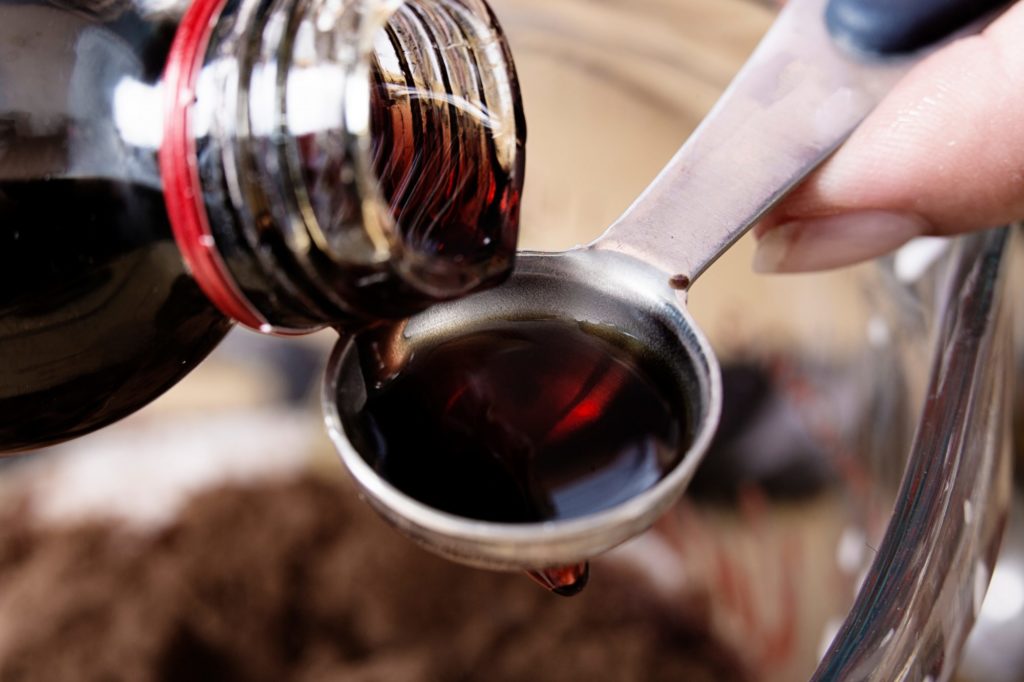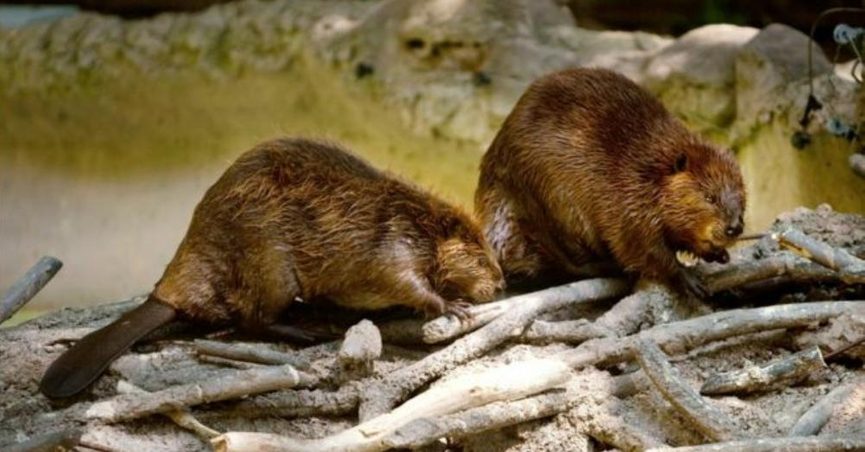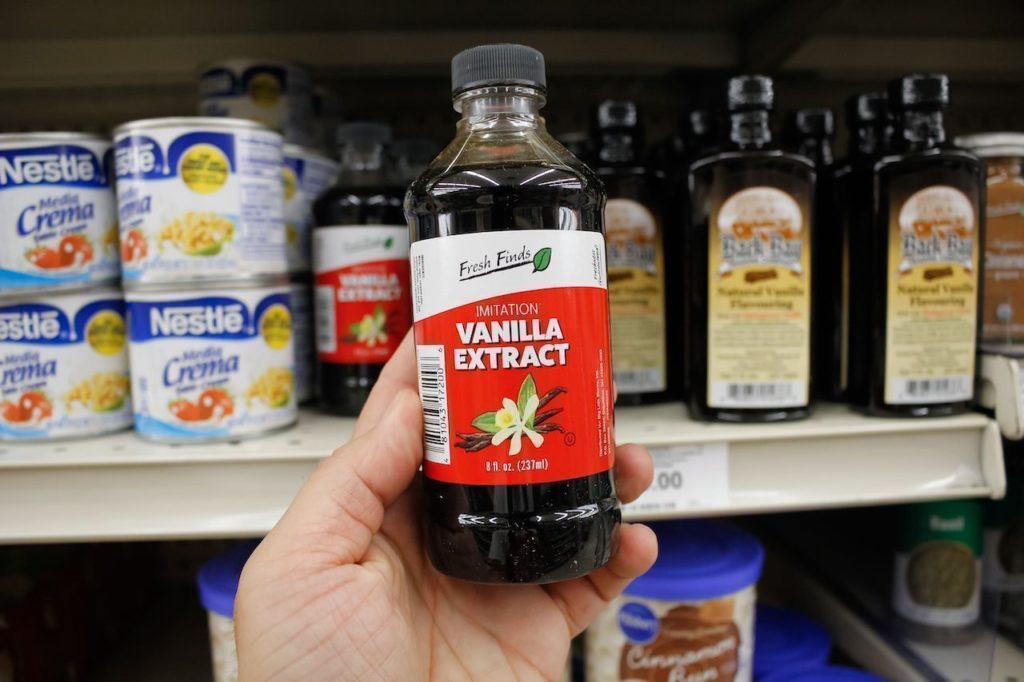Beaver Goo is what! This ingredient has been used for decades.
“Here, we break down what a beaver’s behind may have to do with your next dessert’s flavoring — and if it’s actually in what you’re buying at the store.”

The following written content by Hayley Sugg
It’s a rumor that has been swirling the internet, scaring everyone from home bakers to dessert enthusiasts alike, for years now: There may be castoreum, goo from a beaver’s nether regions, in some artificial food flavorings. But is there any truth to this claim? Or is just a hoax that has spread on social media?
Here, we break down what a beaver’s behind may have to do with your next dessert’s flavoring — and if it’s actually in what you’re buying at the store.
What Is Castoreum?

Castoreum is a heavily-scented brown or tan goo that is secreted from a beaver’s castor gland, which is located nail-bitingly close to its anal gland. Beavers use castoreum to communicate with each other about marking territory, establishing colonies, and deterring predators.
How Is Castoreum Used?
Despite its less-than-ideal origins, castoreum smells pleasant. In the past, castoreum was burned by the Romans in lamps (with the belief that the fumes would cause abortions) and trappers have been relying on it to lure in animals since the mid-1800s.
It has also been a natural food flavoring for nearly the last century. And yes, it has been used as a replacement for vanilla, raspberry, or strawberry in some flavorings and foods.
But Is Castoreum in My Desserts?

Castoreum is labelled by the FDA as “generally recognized as safe.” And because of that, companies aren’t legally required to disclose when they use castoreum, often instead referring to it as “natural flavorings” in ingredient lists. But there’s a big chance that you’ve never had castoreum in your food, and likely never will.
Due to the nature of where it’s produced, castoreum is hard to extract and involves anesthetizing the beaver and “milking” its glands. Because of this, according to Fenaroli’s Handbook of Flavor Ingredients, only roughly 300 pounds are produced annually. Instead of being put into desserts like baked goods and ice creams, the castoreum is often used in the perfume industry to add sweet scents to products. Read more from Food & Wine.





